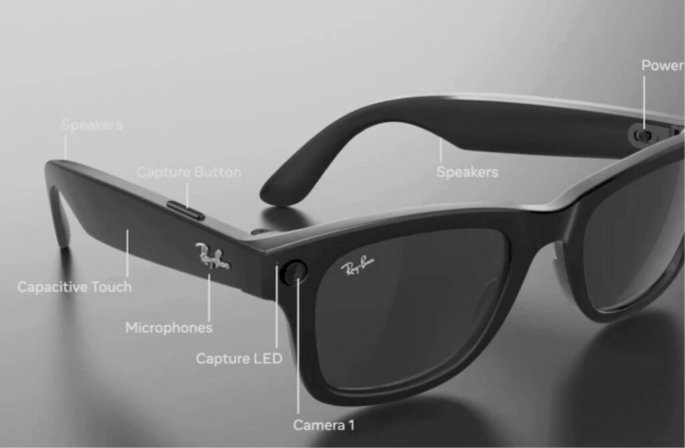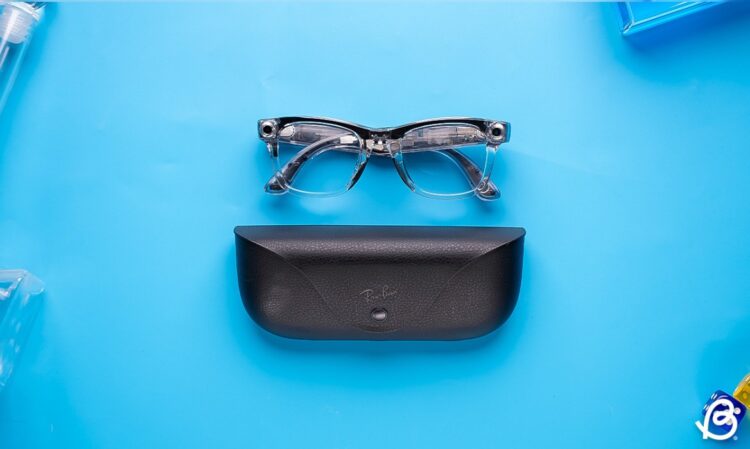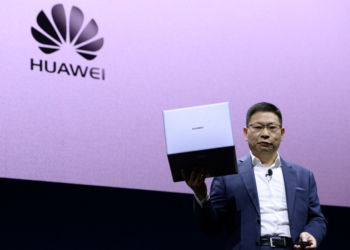In the rapidly evolving landscape of wearable technology, Meta has emerged as a frontrunner with its innovative AI-powered smart glasses. Collaborating with Ray-Ban, Meta has introduced a line of smart eyewear that seamlessly integrates advanced AI capabilities into stylish designs. These glasses are not just a fashion statement but a glimpse into the future of augmented reality and hands-free computing.
A. The Evolution of Meta’s Smart Glasses
Meta’s journey into smart eyewear began with the launch of Ray-Ban Meta smart glasses, blending classic Ray-Ban aesthetics with cutting-edge technology. These glasses feature built-in cameras, open-ear audio, and voice-activated Meta AI, allowing users to capture photos, listen to music, and interact with digital assistants without reaching for their smartphones.
B. Advanced Features and Capabilities
The latest iterations of Meta’s smart glasses boast a range of features designed to enhance user experience:
-
Multimodal AI Integration: The glasses can process various forms of input, including photos, audio, and text, enabling complex interactions and contextual understanding.
-
Real-Time Translation: Users can receive instant translations of spoken language, facilitating seamless communication across different languages.
-
Enhanced Audio Experience: With open-ear speakers and directional sound technology, users can enjoy high-quality audio without obstructing ambient sounds.
-
Voice-Activated Commands: The integrated Meta AI responds to voice commands, allowing users to perform tasks hands-free.
C. Project Orion: The Next Frontier
Looking ahead, Meta is developing “Project Orion,” a pair of augmented reality glasses that project holographic images into the user’s field of vision. These glasses aim to replace smartphones by allowing users to interact with apps, messages, and internet browsing through eye-tracking and hand gestures. Although still in the prototype phase, Orion represents Meta’s commitment to pushing the boundaries of wearable technology.
D. Project Warhol: Enhancing AI Through Human Interaction
To further refine its AI capabilities, Meta has initiated “Project Warhol,” a data collection effort involving human participants. By recording facial expressions, conversations, and movements, Meta aims to train its AI systems to better understand and replicate human behavior, enhancing the realism and responsiveness of its digital avatars.
E. Privacy and Ethical Considerations
As with any technology that collects and processes personal data, Meta’s smart glasses have raised concerns regarding privacy and ethical use. The company has implemented measures to address these issues, including revised privacy assessments and user consent protocols. However, ongoing dialogue and transparency are essential to ensure user trust and responsible innovation.
F. Market Availability and Pricing
Meta’s Ray-Ban smart glasses have been launched in various markets, including India, with prices starting at Rs 29,900. They are available for purchase through Ray-Ban’s official website and select retail outlets. This strategic pricing and distribution aim to make advanced wearable technology accessible to a broader consumer base.
G. The Competitive Landscape
Meta’s advancements in smart eyewear have prompted responses from competitors, notably Apple, which is reportedly developing its own line of smart glasses with specialized chips and AR capabilities. As the market for wearable technology expands, companies are racing to innovate and capture consumer interest in this emerging field.

Meta’s development of AI-powered smart glasses signifies a transformative step in wearable technology, blending functionality with style. Through continuous innovation and attention to user experience, Meta is shaping a future where digital interaction is seamlessly integrated into our daily lives. As the technology matures, it will be crucial to address privacy concerns and ensure ethical deployment to fully realize the potential of smart eyewear.












